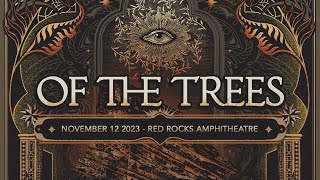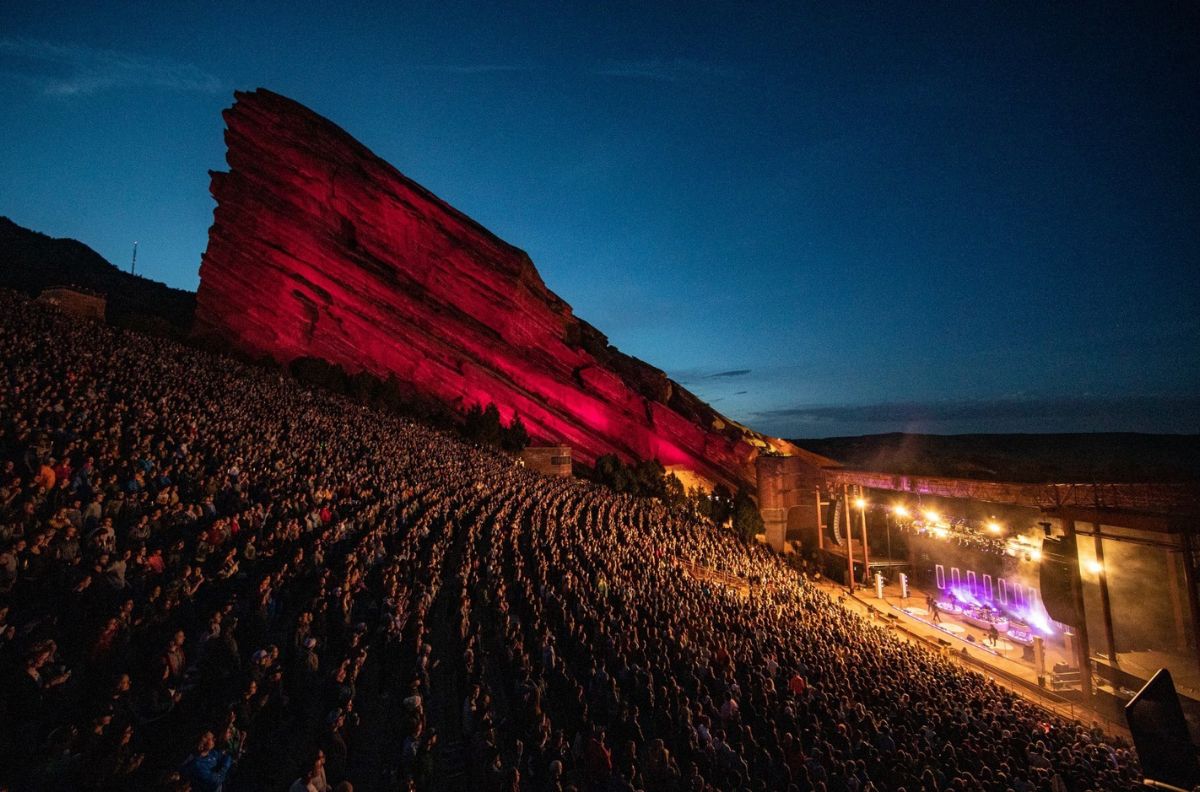The Trees of Red Rocks: A Natural Symphony

Introduction
Nestled just outside of Denver, Colorado, the Red Rocks Park and Amphitheatre is renowned not only for its breathtaking geological formations and world-class concert venue but also for its unique ecosystem. Among the stunning landscapes of Red Rocks, the trees stand as silent sentinels, each with its own story to tell. This article delves into the rich diversity of trees found in this iconic park, exploring their ecological significance, historical relevance, and the beauty they bring to this magnificent area.
The Geology of Red Rocks
Before we dive into the trees, it’s essential to understand the geological backdrop that shapes Red Rocks. The park is famous for its striking red sandstone formations, which date back approximately 300 million years. These towering structures have been sculpted by the forces of nature, creating a dramatic landscape that provides not only stunning views but also a variety of habitats for flora and fauna.
The Tree Species of Red Rocks
1. Ponderosa Pine (Pinus ponderosa)
One of the most iconic trees in Red Rocks is the Ponderosa Pine. This towering conifer is easily recognizable by its tall, straight trunk and distinctive orange-brown bark. Ponderosa pines can grow up to 100 feet tall and are adapted to thrive in the dry, rocky soils of the Colorado foothills. These trees provide habitat for various wildlife species and their needles serve as a food source for many herbivores.
2. Douglas Fir (Pseudotsuga menziesii)
The Douglas Fir is another prominent tree species in the area. Known for its conical shape and soft, flexible needles, this tree can reach heights of up to 200 feet. Douglas Firs are crucial for maintaining the ecological balance in Red Rocks, offering shelter and food to numerous bird species, including the spotted owl. Their cones, which hang down from the branches, are a food source for squirrels and other small mammals.
3. Gambel Oak (Quercus gambelii)
The Gambel Oak is a deciduous tree that adds a unique character to the landscape of Red Rocks. Typically growing between 20 to 30 feet tall, this oak species is well adapted to the rocky terrain and can survive in various soil types. Its acorns are an essential food source for wildlife, while its broad canopy provides shade and habitat for numerous birds and insects.
4. Serviceberry (Amelanchier alnifolia)
Often found in the understory of the Red Rocks ecosystem, the Serviceberry is a small tree or large shrub that offers stunning white flowers in spring and sweet, edible berries in summer. This tree plays a significant role in the local ecosystem by attracting pollinators and providing food for birds and mammals. Its vibrant fall foliage adds a splash of color to the landscape, creating a beautiful contrast against the red rocks.
5. Colorado Blue Spruce (Picea pungens)
The Colorado Blue Spruce is a visually striking tree with its bluish-gray needles and symmetrical shape. While it is more commonly found in higher elevations, this tree can occasionally be spotted in Red Rocks. Its cones and seeds are an important food source for various wildlife, and its robust nature makes it a popular choice for landscaping in the region.
Ecological Importance
The trees of Red Rocks play a vital role in the park’s ecology. They help prevent soil erosion, improve air quality, and provide critical habitat for wildlife. The diverse tree species contribute to a balanced ecosystem, supporting a range of plant and animal life.
Moreover, these trees help mitigate climate change by sequestering carbon dioxide, which is particularly important in the face of increasing global temperatures. The preservation of these trees is crucial for maintaining the health of the park and its surrounding environment.
Cultural and Historical Significance
The trees of Red Rocks are not just ecologically important; they also hold cultural and historical significance. For centuries, the area has been a sacred place for Indigenous peoples, who revered the land and its natural resources. The trees have witnessed the history of this land, from ancient rituals to modern music performances at the amphitheater.
Additionally, the beauty of the trees and the surrounding landscape has inspired countless artists, musicians, and writers. The combination of natural beauty and cultural heritage makes Red Rocks a unique destination for both locals and visitors.



Leave a Comment